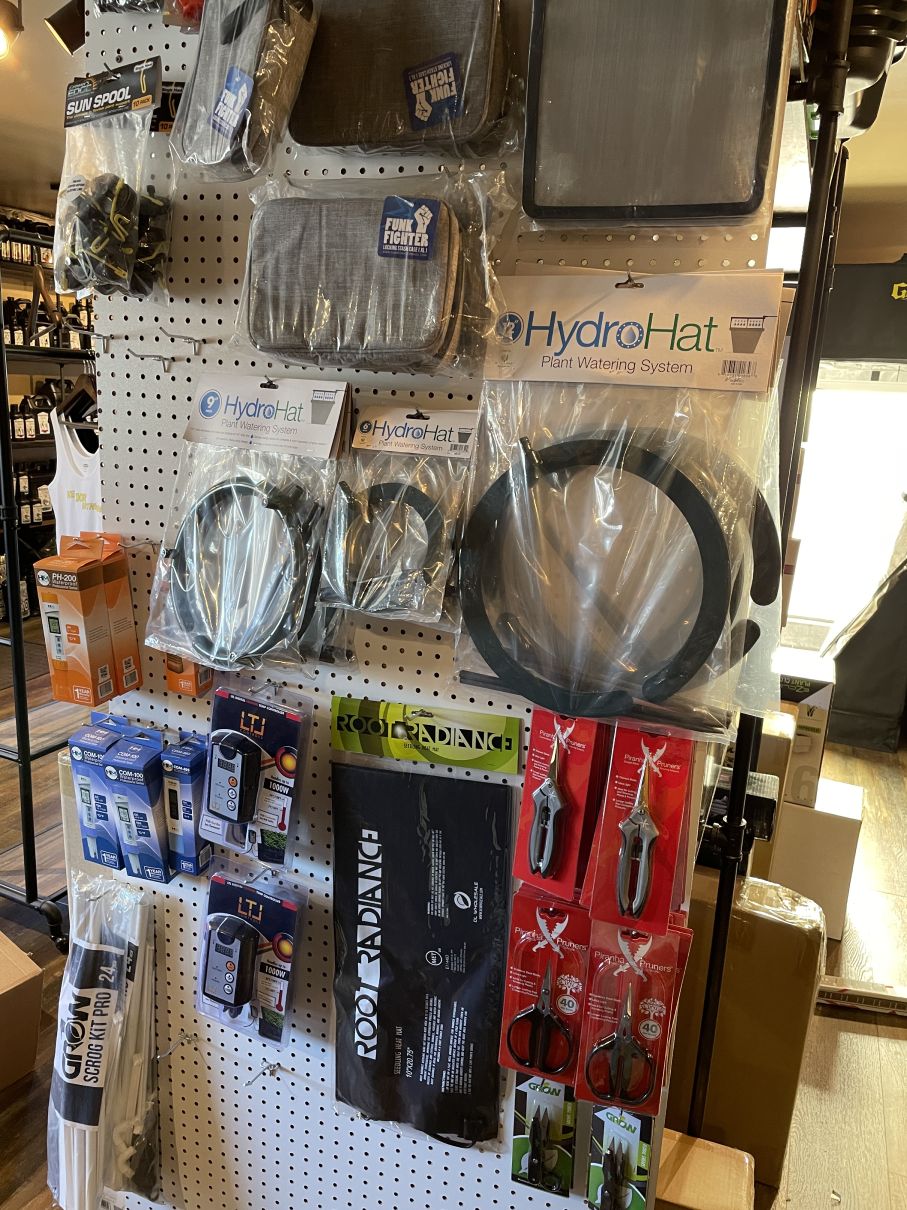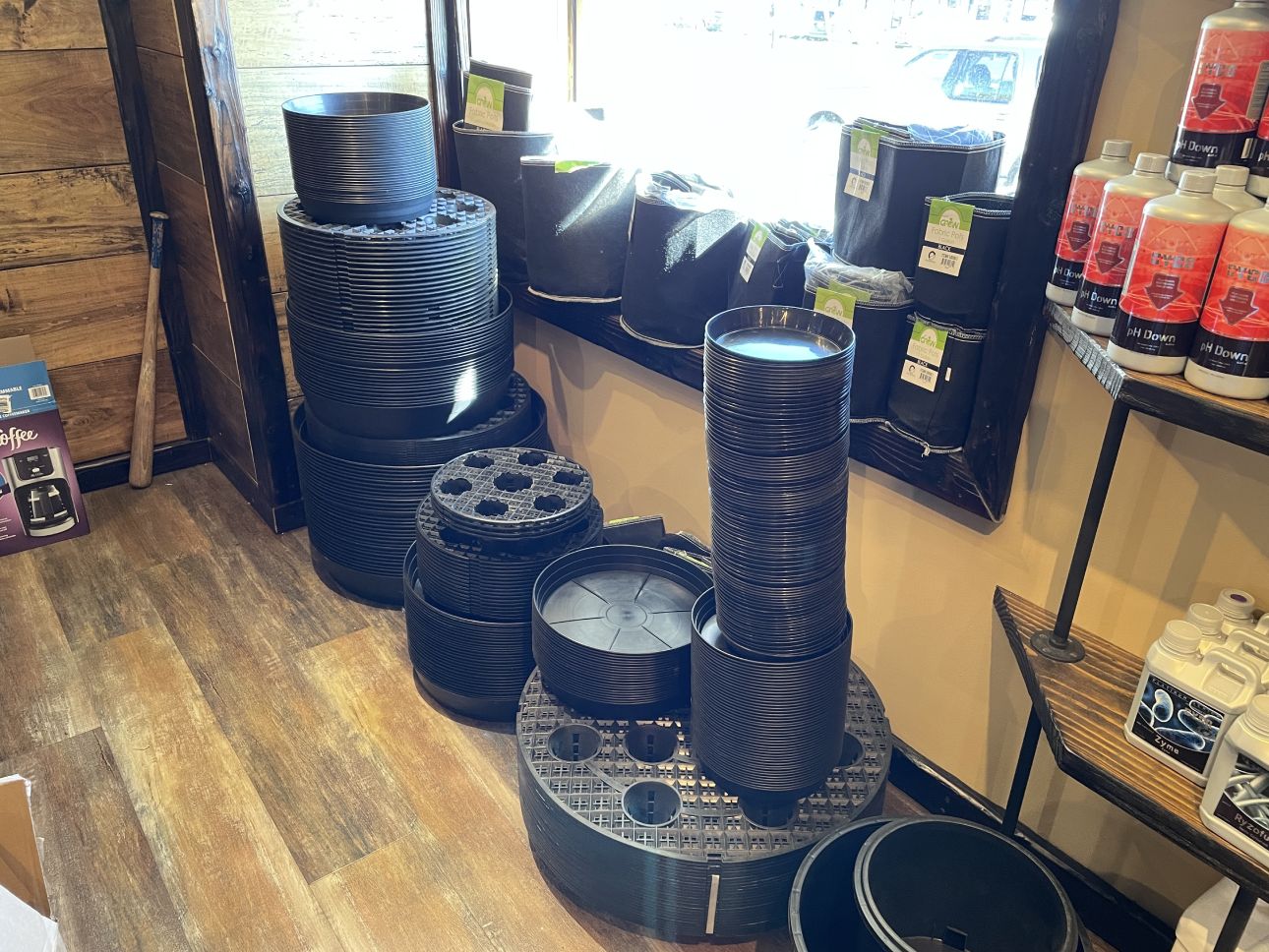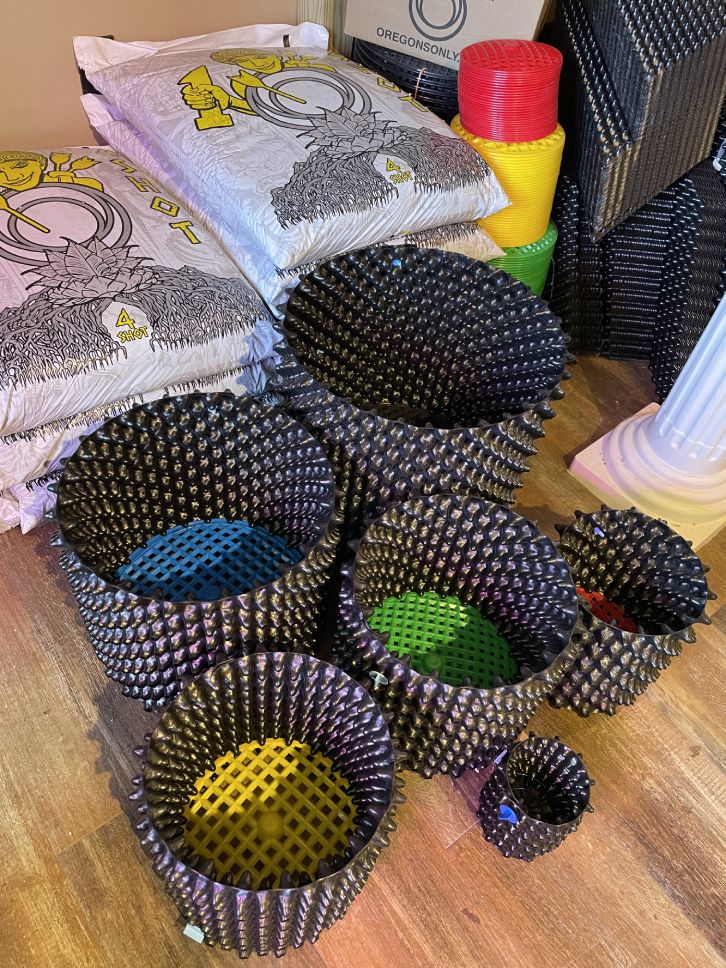Achieve Gardening Success with The Indoor Earthworm's Growing Method
Wiki Article
Unlocking the Prospective of Hydroponics: Recognizing Its Uses and Different Kinds
Hydroponics, a method of cultivating plants without soil, has amassed increasing focus for its possible to revolutionize farming and cultivation techniques. As we browse via the intricate landscape of hydroponic systems and techniques, it becomes evident that each approach holds distinct advantages and limitations.Benefits of Hydroponic Systems

Another advantage of hydroponic systems is the capacity to expand plants in a smaller sized space. By getting rid of the need for soil, plants can be expanded vertically or in piled systems, maximizing making use of readily available space. This is specifically valuable in metropolitan locations or regions with limited cultivatable land. Hydroponic systems minimize the risk of soil-borne conditions and bugs, as there is no soil to nurture these hazards. This leads to much healthier plants and decreases the requirement for damaging chemicals, making hydroponic farming a more eco pleasant and lasting alternative.
Typical Uses in Farming

Provided the reliable water conservation and space-saving advantages of hydroponic systems, it is obvious that these ingenious agricultural approaches have discovered usual usages in different markets of farming. The regulated setting of hydroponic systems allows year-round cultivation, giving a regular supply of fresh fruit and vegetables regardless of outside climate problems.
Hydroponics is commonly made use of for expanding a range of plants, including leafed greens, tomatoes, cucumbers, peppers, herbs, and strawberries. Its flexibility encompasses vertical farming, city farming, and greenhouse production. Furthermore, hydroponic systems are made use of in research and instructional setups to examine plant growth, farming, and nourishment strategies. The flexibility and performance of hydroponics make it an important device in modern farming, attending to the obstacles of sustainability, food security, and source optimization.
Checking Out Different Hydroponic Techniques
What are the different ingenious methods used in hydroponics to enhance crop cultivation performance and yield? Hydroponic systems supply a variety of approaches that accommodate different plant types and growing goals. One popular method is the Deep Water Society (DWC) system, where plant origins are submerged in a nutrient remedy, providing sufficient oxygen and nutrients. One more widely utilized approach is the Nutrient Film Technique (NFT), which entails a shallow stream of nutrient service moving over the plant origins, promoting water and nutrient uptake. Furthermore, the Ups and downs system, likewise recognized as the Flooding and Drain system, intermittently floods the plant origins with nutrient solution, enabling oxygenation throughout draining pipes durations. Aeroponics is one more innovative strategy that involves misting plant origins with a nutrient service, optimizing oxygen absorption and nutrient uptake. Each of these methods showcases the adaptability and efficiency of hydroponic systems in improving plant development and return.Contrasting Different Hydroponic Equipments
Exploring the performance and return improvement strategies in hydroponics leads us to compare different hydroponic systems available for crop growing. Each hydroponic system has its special attributes, benefits, and limitations, making it essential for farmers to select one of the most ideal system based on their certain requirements and constraints.One of one of the most typical hydroponic systems is the nutrient film technique (NFT), where a thin film of nutrient option continuously moves over the plant origins. This system is prized for its water efficiency and viability for growing leafed environment-friendlies and natural herbs. In comparison, the deep water culture (DWC) system immerses plant origins straight into the nutrient remedy, giving enough oxygen and nutrients. The DWC system is economical and fairly easy, making it a preferred option for newbies.
One more preferred hydroponic system is the Look At This ups and downs (or flooding and drain) system, which regularly floodings the plant roots with nutrient solution before draining it. This cyclic procedure ensures correct oygenation for the roots while providing nutrients efficiently. Furthermore, the aeroponic system suspends plant origins in the air and mists them with a nutrient remedy, promoting rapid growth and high oxygenation degrees. Growers searching for a functional system that lessens water usage commonly select aeroponics. By understanding the differences between these hydroponic systems, cultivators can make informed choices to make the most of crop return and high quality.
Advancements in Hydroponic Technology
With innovations in hydroponic technology, the farming sector is witnessing a change towards much more lasting and reliable growing methods. Technologies in hydroponic technology are transforming the way plants are expanded by optimizing yields, conserving sources, and reducing ecological impact. One essential technology is the development of smart hydroponic systems that use sensors and automation to keep track of and readjust ecological conditions such as pH degrees, nutrient focus, and light direct exposure in real-time. These systems make it possible for precise control over growing problems, resulting in ideal plant growth and higher plant yields.One more noteworthy development is the combination of upright farming strategies with hydroponic systems, permitting the farming of crops in piled layers. This vertical method makes best use of space utilization, making it optimal for urban environments where land schedule is limited - The Indoor Earthworm. In addition, the use of sophisticated LED lights systems tailored to certain pop over here plant requirements has actually boosted energy effectiveness and enhanced growth prices in hydroponic setups
Innovations like these are driving the development of hydroponics, making it a lasting and highly attractive option for modern-day farming.
Final Thought
In verdict, hydroponics supplies countless benefits in farming and has different techniques and systems that can be used to maximize its capacity. Advancements in hydroponic modern technology continue to improve performance and sustainability in food production. By comprehending the uses and different types of hydroponic systems, farmers and growers can unlock the full capacity of this cutting-edge technique of growing plants without soil.In addition, hydroponic systems enable for much better control over nutrient levels, pH equilibrium, and ecological conditions, leading to much healthier plants and greater yields.

Report this wiki page